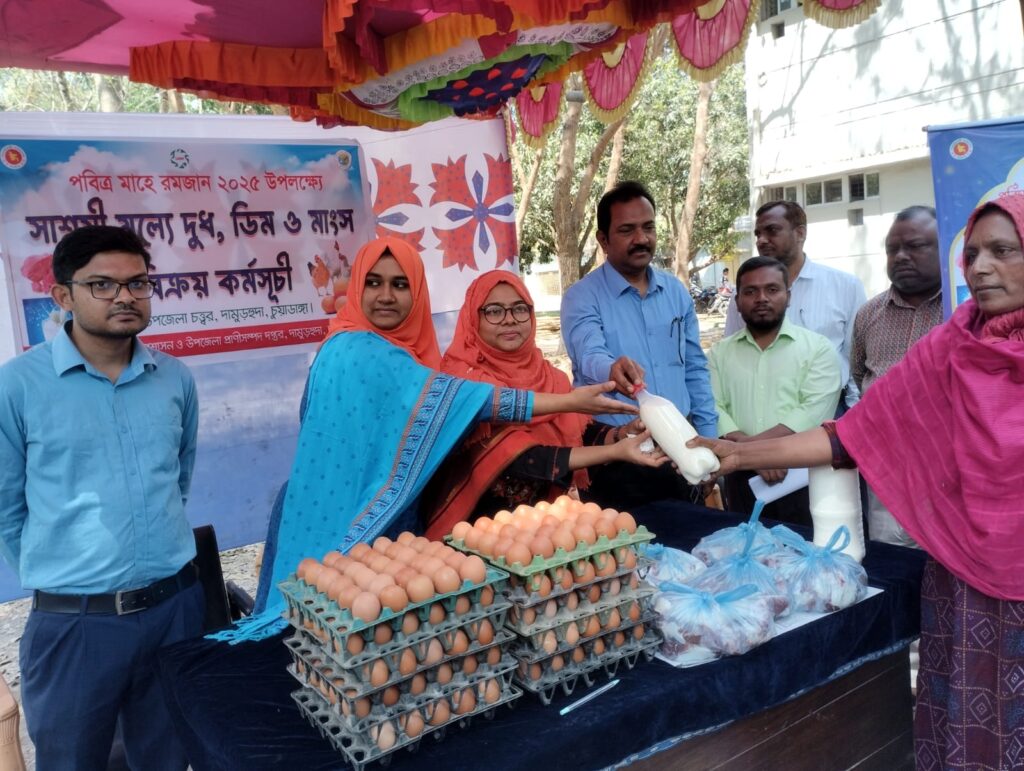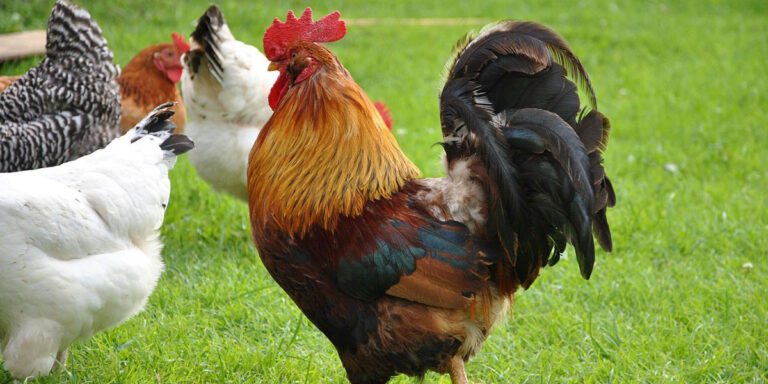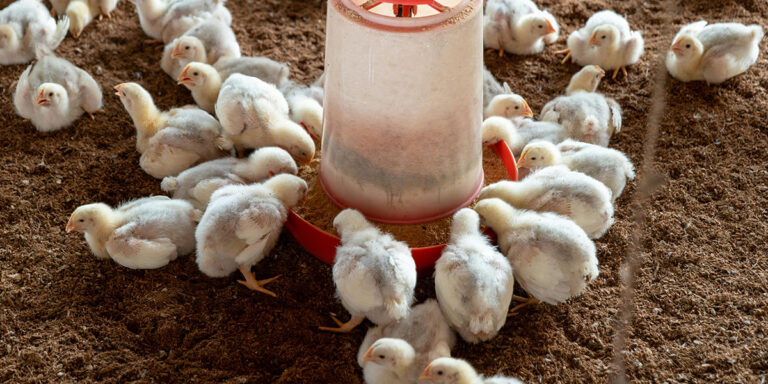Introduction
Poultry farming plays a crucial role in rural livelihoods, nutrition, and the economy of Bangladesh.
Despite its potential, rural farmers face several obstacles that hinder productivity and sustainability.
This summary outlines the significant challenges limiting poultry farming in rural Bangladesh.

Major Hindrances to Poultry Farming
1. High Cost of Feed and Inputs
Poultry feed constitutes around 70% of total production costs.
Many farmers cannot afford quality food, leading to poor growth and low egg production.
Fluctuating prices of vaccines, medicines, and day-old chicks make budgeting difficult.
2. Lack of Access to Veterinary Services
Remote areas often lack trained veterinarians and proper animal healthcare.
Farmers rely on traditional remedies or untrained providers, which are often ineffective.
This results in high mortality rates due to diseases like Bird Flu and Newcastle Disease.

3. Poor Marketing and Distribution Systems
Limited market access and middlemen exploitation reduce profit margins.
The absence of organized market linkages forces farmers to sell at low prices.
Lack of cold storage and transport facilities causes spoilage of eggs and meat.

4. Limited Access to Credit and Financial Support
Many small-scale farmers cannot obtain loans due to lack of collateral.
Dependence on high-interest informal lenders increases financial stress.
Government and NGO credit schemes often fail to reach the most vulnerable farmers.
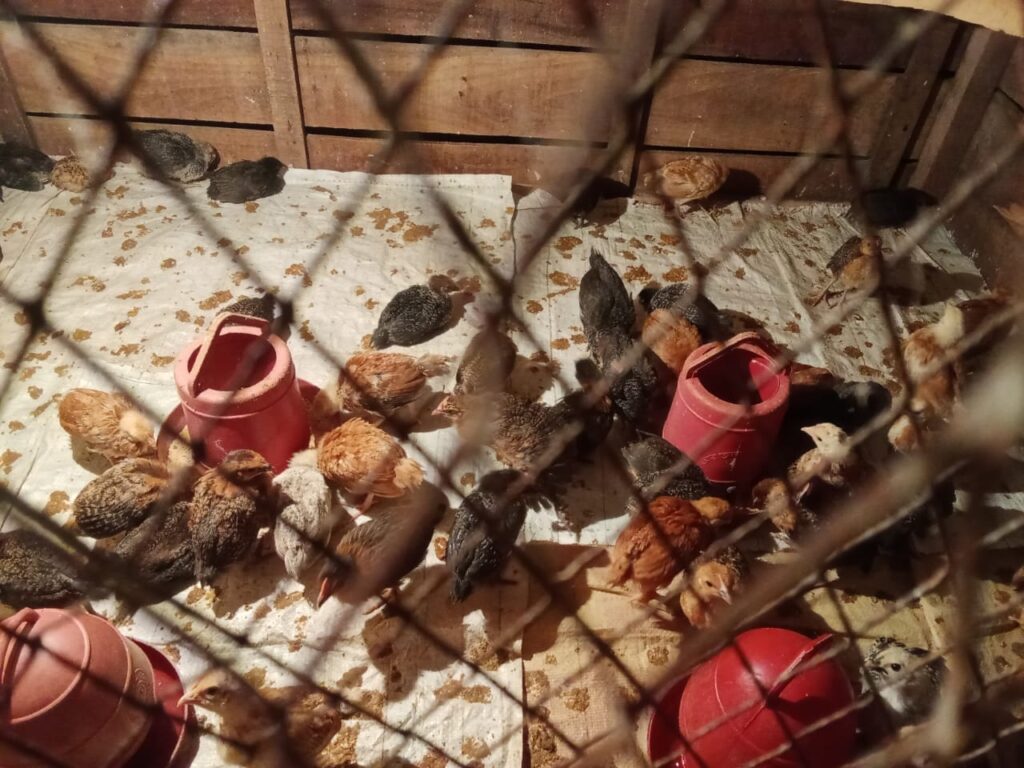
5. Disease Outbreaks and Biosecurity Issues
Frequent outbreaks of diseases like Avian Influenza cause massive losses.
Poor biosecurity, lack of awareness, and inadequate quarantine measures worsen the problem.
Farmers often lack training in hygiene and disease prevention.
6. Climate Change and Environmental Factors
Floods, heatwaves, and cyclones negatively impact poultry farming.
High temperatures reduce egg production, while floods destroy shelters and feedstocks.
Most farms lack climate-resilient infrastructure to withstand extreme weather.
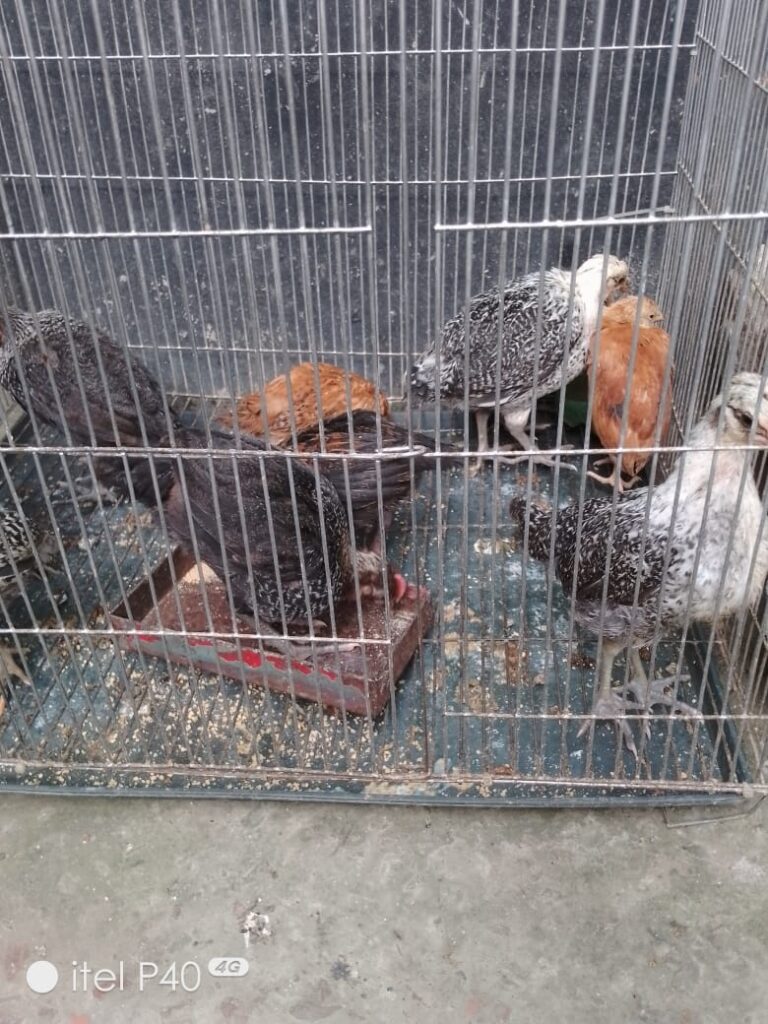
7. Lack of Technical Knowledge and Training
Many farmers lack exposure to modern techniques like breeding, nutrition, and disease control.
Overdose and underdosing of antimicrobial agents.
Lack of confirmatory diagnosis.
Use and carrying of vaccine.
Training programs are rare, and extension services are often insufficient.
As a result, farmers depend on outdated practices that limit productivity.
Conclusion and Recommendations
Provide subsidized feed and vaccines to reduce costs.
Enhance veterinary services through mobile clinics and rural outreach initiatives.
Establish market linkages to ensure fair pricing.
Facilitate low-interest loans for small-scale poultry farmers.
Offer training on modern farming methods and biosecurity.
Develop climate-resilient infrastructure to mitigate environmental risks.
